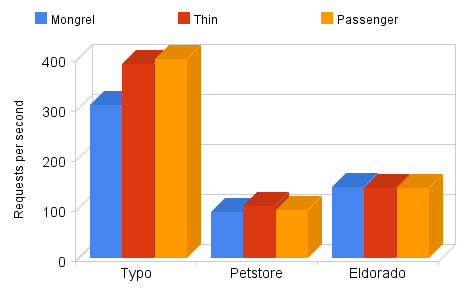Very soon I plan on deploying my first Ruby on Rails application to a production environment and I've even picked a webhost with all the managed server and Capistrano goodness you'd expect from a RoR provider.
The provider allows for Mongrel, Thin, Passenger & FastCGI web servers, which seems very flexible, but I honestly don't know the differences between them. I have looked into them some, but it all gets a bit much when they start talking about features and maximum simultaneous requests - and that this data seems to vary depending on who's publishing it.
I have looked at Passenger (on the surface) - which does seem very appealing to me - but I was under the impression that Passenger wasn't the actual webserver, and instead was more like a layer on top of Apache or nginx and managed spawned instances of the application (like a Mongrel cluster).
Can anyone please set me straight with the differences in layman's terms so as I can choose wisely (because anyone who's seen Indiana Jones and the Last Crusade knows what happens if you choose poorly).
